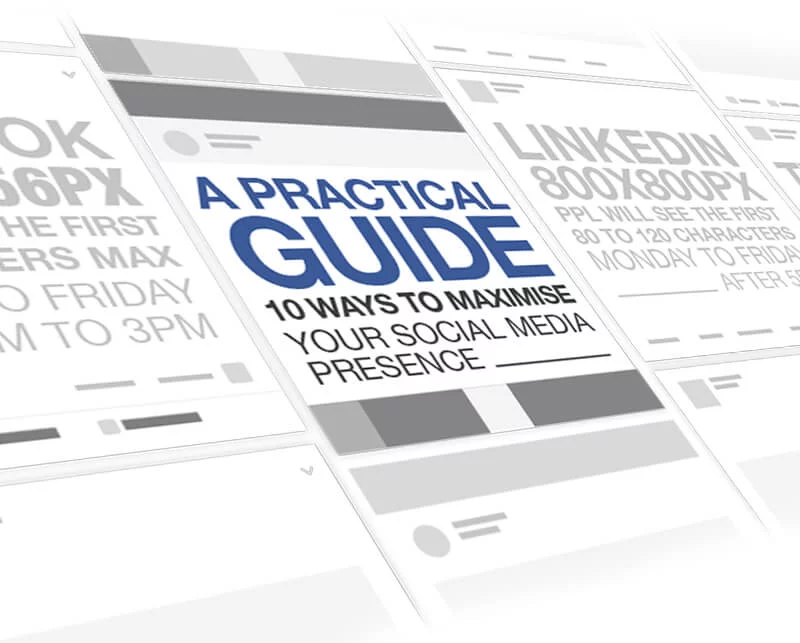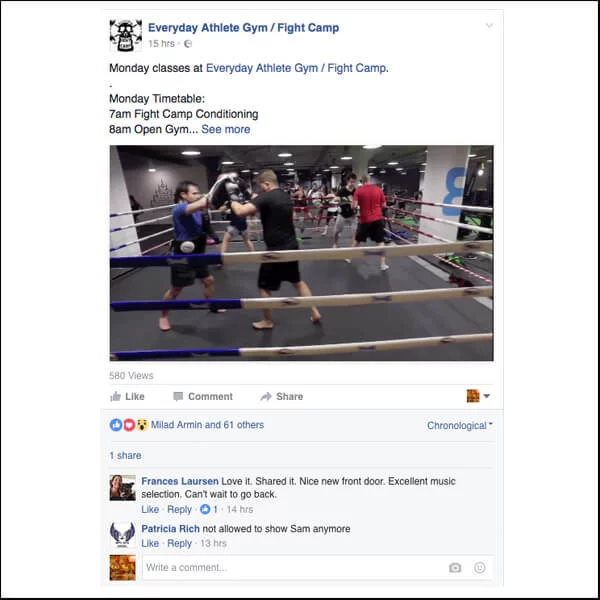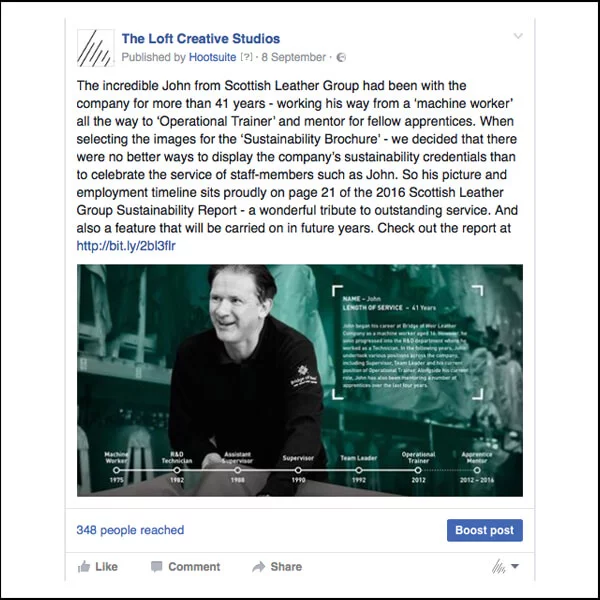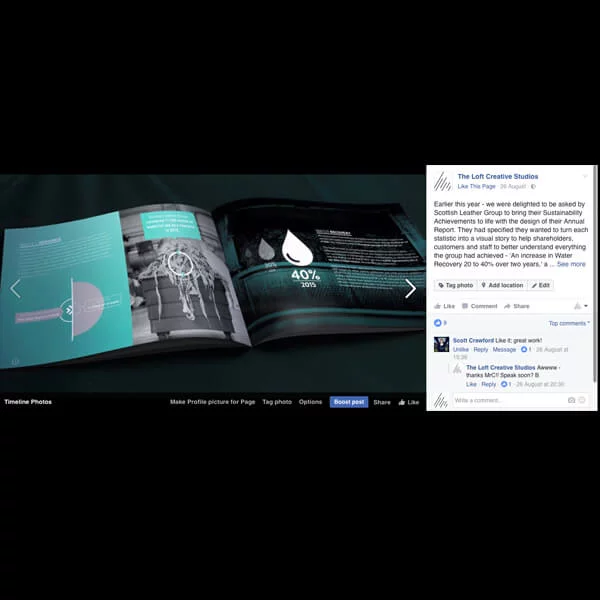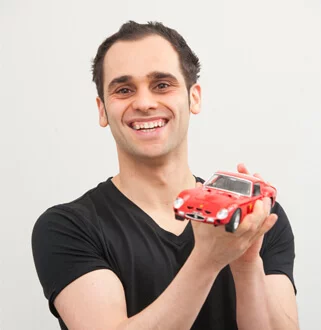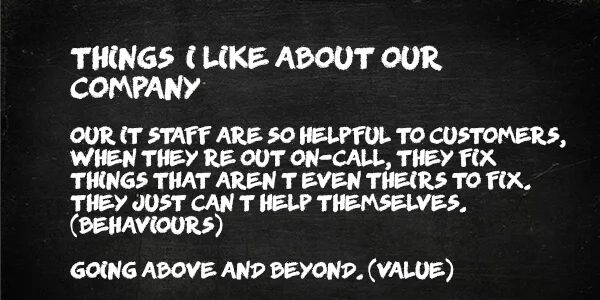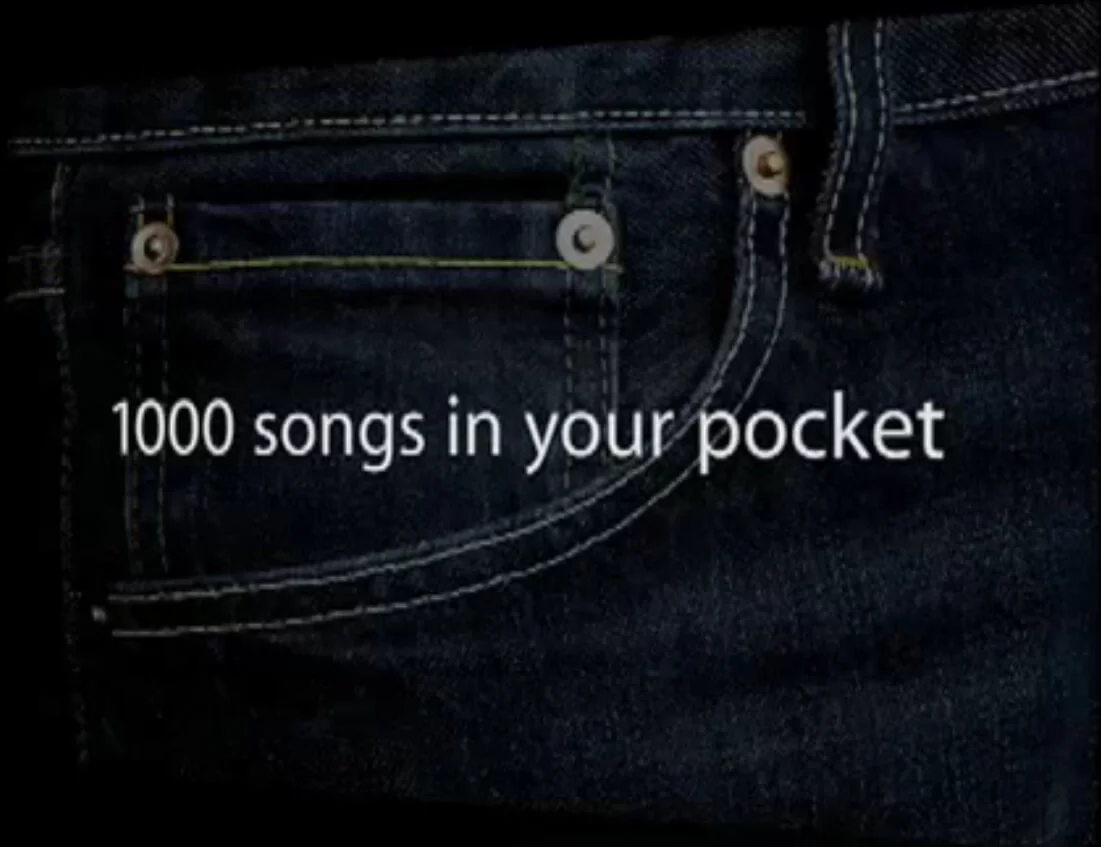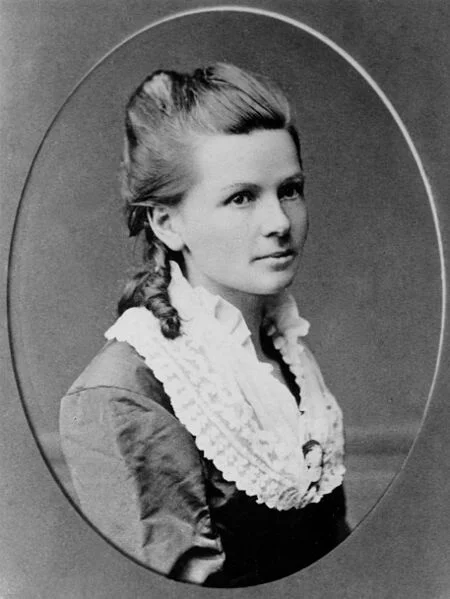One of the things we love doing most at the loft is creating a new website for a client. It’s the type of project that gives us so many different ways to flex our creative muscles – whether it is creating an engaging user-experience, having the opportunity to work on photography, copywriting and graphic design all at the same time or just building a new digital home for clients.
One of the biggest challenges for any client is just working out where to start with their website project? You know you need to do it. You know what you have is a bit out-of-date. You know that there is so much to be done.
But where do you start? How do you know what to update? What to invest budget in? What is fine from the old site? What should stay? What should go?
Well at the loft, we always start with some tightly defined questions and a birds-eye view (quite literally) of everything.
This is our guide to help you get started.
1. Goals
We say this at the beginning of every loft project. What do we want to achieve? Do we want our customers to know more about out some of the things we do? Do we want to tell people about something our team has done that we’re proud off? Do we want to showcase a new product? A new service? Half of our team has changed and the website doesn’t reflect this – how can we sort that?
Consider all of the different options and look to become crystal clear with what you want to achieve. Great questions give great solutions. The clearer this bit, the easier the process will be.
2. You first
Many people will start by looking at the competition and want to copy a layout or structures or particular detail – we advise doing the opposite for two reasons. Firstly, the best website you can build is one that shows what is great about you and your organisation – not your competition. The other website you may be looking to mimic has been optimised for them not you. Secondly and from a more practical point of view – good practice for modern websites is that they are built content-first, structure second. Start with content.
3. User-Profiles
This part is optional but it can be good practice to create user-profiles for each of the different types of people who’ll use your site – they could include staff members, new clients that know about what you do, new clients that don’t know about what you do, existing customers looking for more information, etc.. For some, this might not be needed (we don’t do this for our own site), but it might be worth some brief thought. Just by thinking about it and writing some stuff down – you will give yourself more ideas about what you want to achieve.
4. Content, content, content
This is critical. We need to list it all down – case-studies, blog posts, staff bios, staff images, customer testimonials, accreditations, partners, service information, service images, event information, office in Glasgow, office in London, partner agencies, etc – list it all down in one place where you can look over it. This is where you can see why we love post-it notes so much. Post-it notes and a big board or wall space is great, but use whatever you’re comfortable with – this is where you want to look over the entire scene. Just being able to do this and stand back will give you a feeling of control over what you are doing.
Then… List everything you have, what you don’t have, what you have but might want to update – you can even have fun and colour co-ordinate different segments.
We love post-it notes as they allow you to be looser and get everything down in one-place! But if you want to be a real pro – you can use platforms such as Dynomapper (https://dynomapper.com) or Slickplan (https://slickplan.com/).
Both of them do the same things and have some very cool features such as the ability to share your map with your team and suppliers remotely, properly co-ordinate content and if you already have a large site – create a draft sitemap and use that as a starting point.
Again, these are cool platforms and cheap too but do whatever you feel comfortable with. Some designers in our studio will use these, I personally, still like the big-board and post-its – each to their own.
5. Categorise
Once you have your list – Now is the time to do some work. Group each of the individual bits of content together – start with the easy stuff.
Group the team members together, the services, the videos, copy and images for the case studies. Group, group, group!
Play with this…
You may find some groups are too busy and need to be divided further.
Some too sparse and need to be brought together.
Each of these actions will help you to categorise your content and voila, you are starting to create a proper layout for your new site.
It’s also helpful as…
i) You’ll be able to tell which pages are ready to be placed into your final layout. Those will be the groups where everything fits together, the content is uniform and it all just makes sense.
ii) You’ll be able to tell which pages are going to require more divisions – those will be the groups of content where there are just too many things going on and they don’t make any sense.
iii) You’ll be able to identify which content is missing or needs updated – whether it is staff bios, new product information or just some new product images.
6. Difficult Calls
Throughout all this – you’ll be able to isolate areas where difficult choices have to be made?
Do you organise your services as stand-alone modules or do you package them for different client groups?
Where do you put your case –studies – all in one index page or do you have them as extensions to certain services?
A big one – what goes on the home page? What should be the first thing a visitor sees?
Is that visitor one user-type or are there multiple user-types to cater too?
At this stage, it is a good idea to re-visit your site goals and these should provide you with context for each of those decisions. Once again, the beauty about using something dynamic to arrange the process is that you can experiment with different layouts – and we very much recommend experimenting with different layouts.
7. Be the User
We already mentioned user-profiles – put yourself in the shoes of the people that will be visiting your site. Think about their individual journeys and how they will interact with the site – then adjust accordingly.
8. Crucial budget
One of the best reasons for having a global view of your information layout is that you are able to assess which content is going to require further investment? Pragmatic decisions always have to be made.
By looking at your layout, understanding your content and assessing your goals – you can decide where energy and budget should go?
Is it on revised photography of the team?
Professional copy for the case studies?
New headline images of the product or service being used?
Graphics to showcase important benefits?
You may not be able to do everything you want but by having it all in front of you – you’re better able to make informed decisions and prioritise where to invest crucial time, energy and budget.
9. Other Vitals
Everybody is different but these are just good-practice.
Is there a ‘Call-To-Action’ on every single page?
Is there any content on your site which is more than 3 clicks away?
Is there any glaring omissions? (Now may be the time to have a quick glance at your competitor’s sites.)
10. A Great Start
By creating your own site map or information layout, you’ll be approaching your agency with a more informed viewpoint – you’ll have a stronger base for discussion and be able to give a more accurate brief. Something that will allow for a more seamless, higher value and mutually beneficial website-project. Any good agency will appreciate the effort.
The exercise we have just mentioned is one we do all the time at the loft – we carry it out for websites, info-graphics and videos. Whether it is a big board with post-it notes or a some more sophisticated digital solution – it should give you a clear reference point, a knowledge on where to invest your project budget and a great tool to brief your agency. Have fun and we wish you luck.
As always if you need any advice…
Benedetto
Benedetto is an enthusiastic Creative and Business person.
‘Design with soul’ may be the company tag-line, but to Benedetto, it is also a way of life. He believes that creative and commercial enterprise is about purity of thought, honesty of construction and boldness of execution.
He believes in bringing out the true essence of human endeavour and considers his job of articulating the great work of people and companies an absolute privilege.
His journey has taken him from a career in car design through to his current role as the Founder of the loft, a design and branding studio based in Glasgow.
He is honoured to manage a great team, work with great clients and have a lot of fun mixing with so many great people in business.


